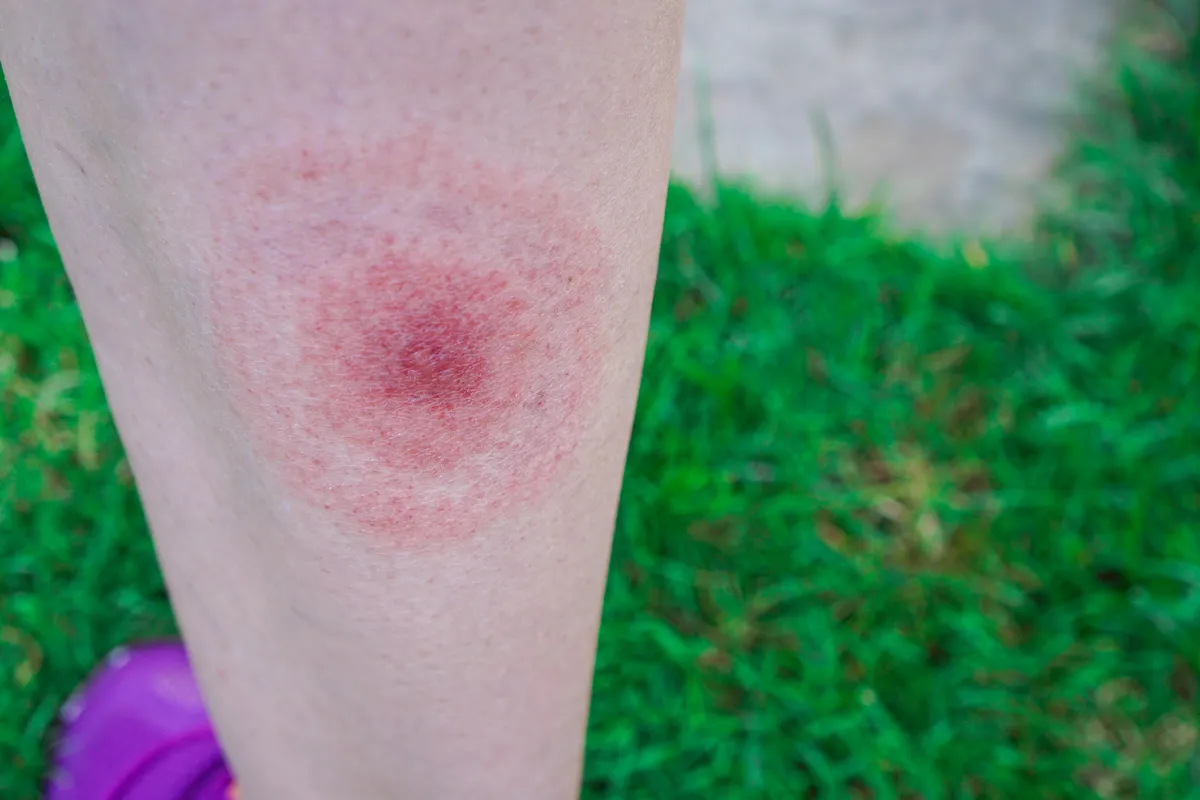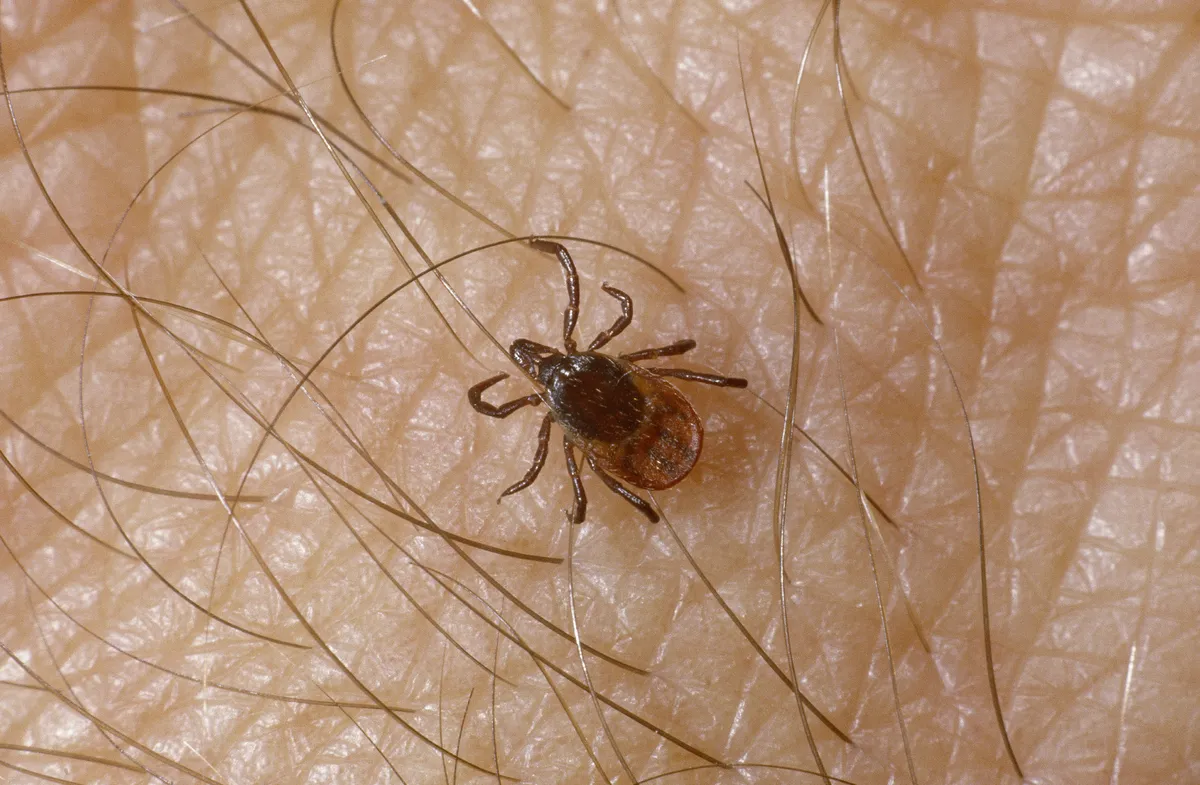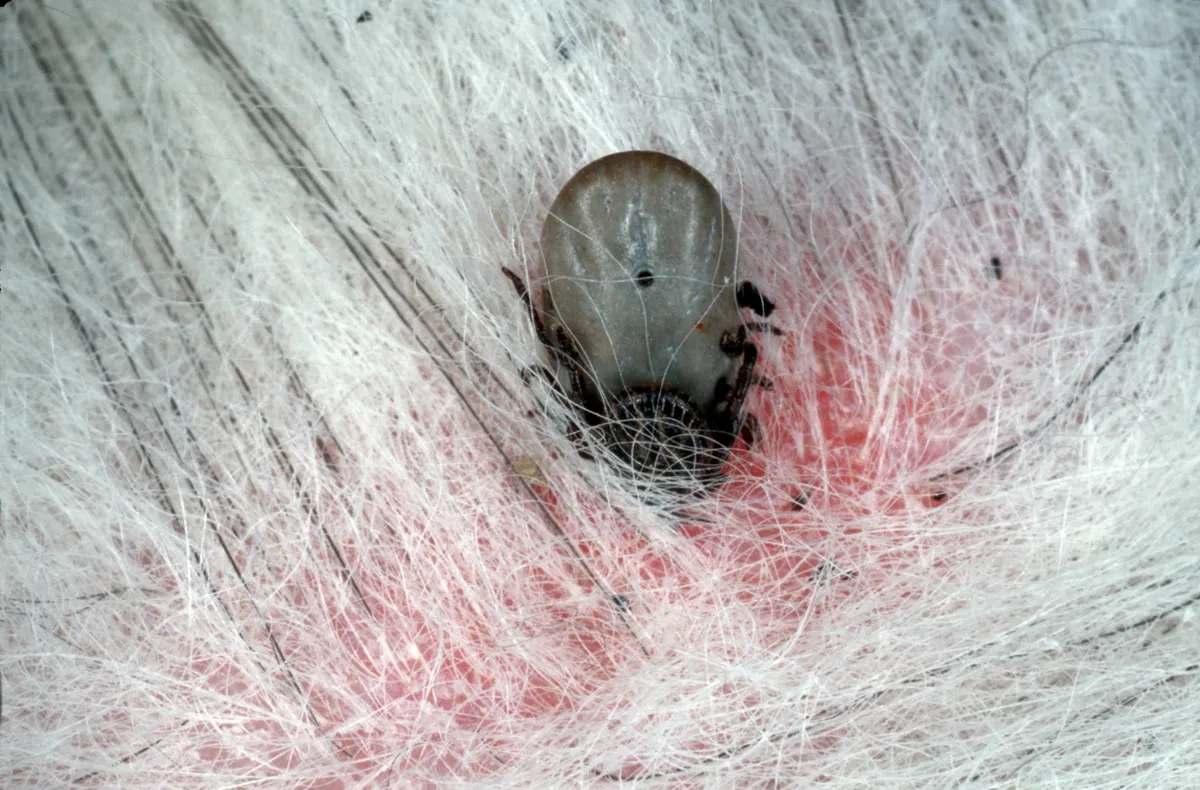US singer Justin Timberlake recently announced on Instagram that he is living with Lyme disease – a bacterial infection transmitted to humans from infected ticks.
The disease, which can bring about flu-like symptoms, muscle and joint pain and fatigue, has seen a rise in cases across parts of the US in recent years. Justin Timberlake is not the first pop star who has spoken out publicly about their struggles with Lyme disease. Justin Bieber, Avril Lavigne and Shania Twain have also revealed they have suffered from the illness.
Lyme disease is not considered common in the UK, but it's not rare either, with an estimated 2,000 to 3,000 new cases in England and Wales annually.
While ticks are widespread across the UK, not all ticks in Britain carry the bacteria that causes Lyme disease. But it's still important to be aware of ticks and to safely remove them as soon as possible.
Lyme disease is rarely fatal, and most people will recover if treated quickly with antibiotics today.
What is Lyme disease?
Also known as Lyme borreliosis, Lyme disease is a bacterial infection transmitted to humans when they are bitten by an infected tick. The condition can cause a rash and symptoms such as fever, chills, fatigue and muscle and joint aches.
What are the symptoms of Lyme disease?

An early symptom of a tick bite is a red circular ‘bull’s-eye’ rash that develops around the area of the bite. The rash can appear up to three months after being bitten by an infected tick, but usually appears within one to four weeks.
The rash can be less obvious on black or brown skin, and may look more like a bruise.
Some people also experience flu-like symptoms a few days or weeks after they are bitten by an infected tick, such as:
- a high temperature, or feeling hot and shivery
- headache
- muscle and joint pain
- tiredness and loss of energy
If left untreated, or if treatment is delayed, neurological problems and joint pain can develop months or even years later.
More related content

How is Lyme disease treated or diagnosed?
There are two types of blood test available to help confirm or rule out Lyme disease. But these tests are not always accurate in the early stages of the disease.
If a GP thinks you might have Lyme disease, they'll prescribe a course of antibiotics. Lyme disease can be treated effectively if it’s detected early on.
What are the potential long-term side effects of Lyme disease?
If Lyme disease is left untreated, neurological problems and joint pain can develop months or even years later.
These can include:
- pain and swelling in the joints (inflammatory arthritis)
- problems affecting the nervous system, such as numbness and pain in your limbs, paralysis of your facial muscles, memory problems and difficulty concentrating
- inflammation of the membranes surrounding the brain and spinal cord (meningitis) which can cause a severe headache, a stiff neck and increased sensitivity to light
How to prevent Lyme disease
Tick bite prevention and correct removal are crucial when it comes to avoiding Lyme disease. To reduce the chance of being bitten by a tick:
- cover your skin while walking outdoors and tuck your trousers into your socks
- use insect repellent on your clothes and skin – products containing DEET are best
- stay on clear paths whenever possible
- wear light-coloured clothing so ticks are easier to see and brush off
How to remove a tick
Remove any attached ticks as soon as possible, using a tick removal tool or a fine-tipped tweezers.
- Grasp the tick as close to the skin as possible
- Pull upwards slowly and firmly, as mouthparts left in the skin can cause local irritation
- Clean the bite area and monitor for several weeks for any changes
If you develop a rash or feel unwell, contact your GP promptly.
What are ticks?

Ticks are tiny parasitic arachnids. They survive in many habitats but prefer moist areas with leaf litter or longer grass, like in woodland, grassland, moorland, heathland and some urban parks and gardens.
While we usually associate ticks with warm summers and long grass, tick numbers are rising across the UK as a result of changing climates and habitats. The increase in wild deer numbers has also contributed to a rise in the number of ticks, as they like to live on the skin of wild deer.
Ticks are so small that they can be mistaken for a freckle. They can go unnoticed for days while they feed, only becoming more noticeable as they get bigger.
Are dogs at risk of Lyme disease too?

Known for their love of leaping about in long grass, dogs are also at risk of being bitten by infected ticks.
To prevent a dog being bitten, veterinary nurse Laura Hawkins recommends repellants that stop ticks biting in the first place. Spot-on treatments, sprays and collars are designed to impregnate the fatty layer of a dog’s skin, so they can act as a repellent or is consumed by any feeding ticks, which are killed shortly after.
It's good practice to check your dog's skin regularly, bearing in mind that ‘unfed’ ticks are very small and far less noticeable than those that have been attached for a while with blood-swollen abdomens. The characteristic rash often observed around the site of a tick bite in human cases is generally not seen in dogs.
If you do see a tick attacked to your dog's skin, the best method of removal is with a tick removal tool.
Discover more health content
- How much water should I drink? Stay hydrated with these expert tips
- Heat exhaustion warning signs – don't ignore the hidden dangers and spot the signs early before it becomes a medical emergency
- Help, my gout is flaring up! The surprising foods you should avoid during an attack (and it’s not just red meat or alcohol to blame)
- It's one of the deadliest bacterial diseases in the world and all it needs to get a hold is a cut. Are you vaccinated?
Top image: Justin Timberlake performs onstage during the 5th Lollapalooza Paris Festival on July 20, 2025 in Paris, France. Credit: Getty





